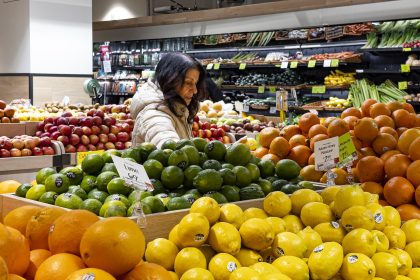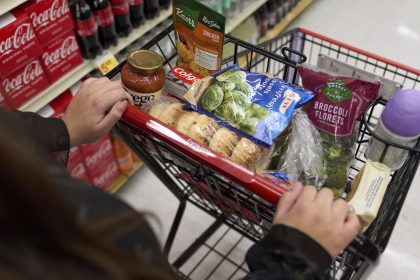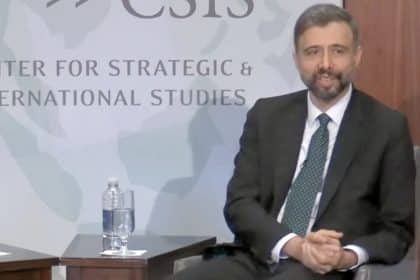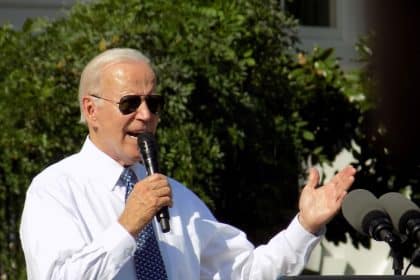Veterans Continue to Suffer High Rates of Food Insecurity Beyond COVID-19 Pandemic
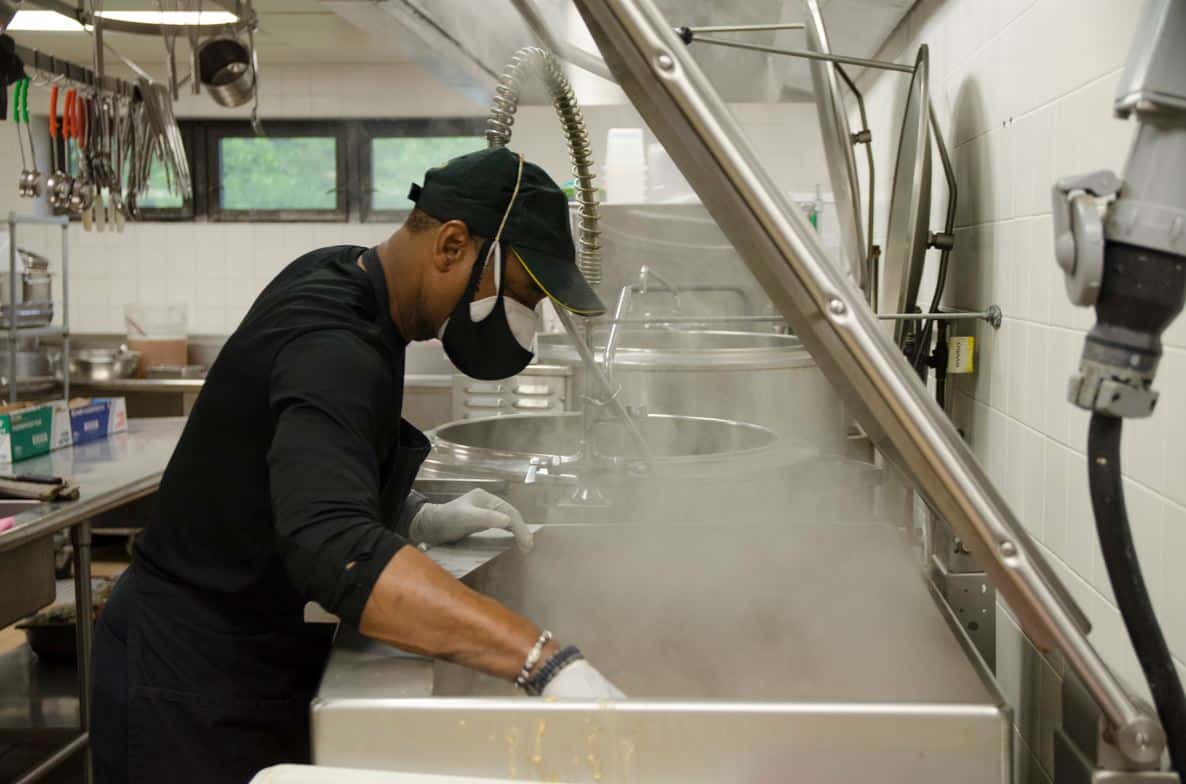
WASHINGTON — The COVID-19 pandemic exacerbated food insecurity among veterans and the recovery to get adequate nutrition into former service members’ hands has been sluggish.
“There are gaps and there are inconsistencies in the data, and the participation of the nutrition assistance programs,” said Rep. Mike Levin, D-Calif., chairman of the Subcommittee on Economic Opportunity, during a hearing on July 11.
Between 2015 and 2019, 11.1% of working age veterans lived in a food insecure household, according to data provided by the U.S. Department of Agriculture.
But Levin said the data from the Department of Veterans Affairs tells a much different story.
The VA implemented a clinical reminder in 2017, prompting health care providers to screen all veterans for hunger who receive care at a VA facility.
In early 2020, the VA testified before the subcommittee that almost 94,000 of the 6 million veterans screened since the inception of the clinical reminder were food insecure.
“That equates to roughly 2% of food insecurity, which is obviously far less than USDA’s 11% estimate,” said Levin.
In an email to The Well News, Michelle Spivak Melinger, a communications specialist at the Veterans Benefits Administration, pointed to reasons why there might be a difference in the numbers between the VA and USDA data.
“The discrepancy may be due to the fact that VA data is focused on those veterans enrolled for VA health care, whereas the USDA data captures information related to all veterans,” said Spivak Melinger.
“VA does not currently collect data on veterans receiving [Supplemental Nutrition Assistance Program benefits]. In the future, VA’s National Food Security Program Office will increase focus on partnerships to include data collection and research,” continued Spivak Melinger.
In November 2020, the USDA and VA provided training to more than 700 VA clinicians, and held national webinars to educate staff on the screening tool and how food insecurity can impact medical care management when it comes to diseases like diabetes.
Veterans who screen positive for food insecurity are referred to a social worker and a dietitian, and will continue to be screened every three months afterwards. If the veteran screens negatively, the screening resets for one year.
Veterans suffering from food insecurity can also receive individual counseling with a dietitian, either virtually or in person. Sessions include lessons on how to create thrifty meals, as well as access to online cookbooks.
The VA also prepared clinicians for food screenings by deploying a toolkit on how to discuss the sensitive topic, how to provide information about completing a SNAP application, and directing veterans to food pantries and food distribution programs.
“Our percentages continue to be between 2% and 3% [of veterans] screening positive for food insecurity,” said Christine Going, the National Food Security Program coordinator at the Nutrition & Food Services Program Office at the VA, during the hearing.
Going also confirmed that the VA does not currently track the number of veterans referred to services who actually enroll in SNAP.
The National Food Security Program Office was created in 2022 to include dietitians, social workers, nursing and administrative staff that focus on collaboration, data management and research.
“We have just been approved for this office. … [It] will be staffed with six [full-time employees],” said Going.
“We’ve really connected to nutrition security as a goal. … [N]utrition education should be linked to food distribution,” continued Going.
Going said that the office will ensure that veterans are not just getting a bag of food, but that staff is able to access medical records to see if certain foods would make an individual sick.
“The screener is highly effective, but the shame and stigma of admitting you can’t provide enough food for your family is [a barrier],” said Anahid Brakke, CEO and president of the San Diego Hunger Coalition, during the hearing.
“We have to work with the SNAP process and hold SNAP counties and states accountable for their utilization rate,” continued Brakke.
When it comes to risk factors for food insecurity, research has shown that veteran families of color, non-metropolitan veterans and women are more likely to live in a food-insecure household.
“When an individual’s access to healthy and nutritious food is compromised, they are at greater risk for adverse mental and physical health outcomes and long-term financial instability,” said Matthew Rabbitt, a research economist at the Economic Research Service at the USDA, during the hearing.
A study from 2021 published in the journal of Social Psychiatry and Psychiatric Epidemiology found that veterans living with food insecurity had an almost fourfold increase in risk for suicidal ideation.
The Feed Hungry Veterans Act is one solution discussed by subcommittee members to improve access to healthy food for veterans.
The act was introduced in March of this year by Rep. Jahana Hayes, D-Conn., and was referred to the House Subcommittee on Nutrition, Oversight and Department Operations in April. A companion bill has not yet been introduced in the Senate.
The act would amend the Food and Nutrition Act of 2008 to expand the eligibility of disabled veterans to receive SNAP benefits.
Alexa can be reached at [email protected]



















